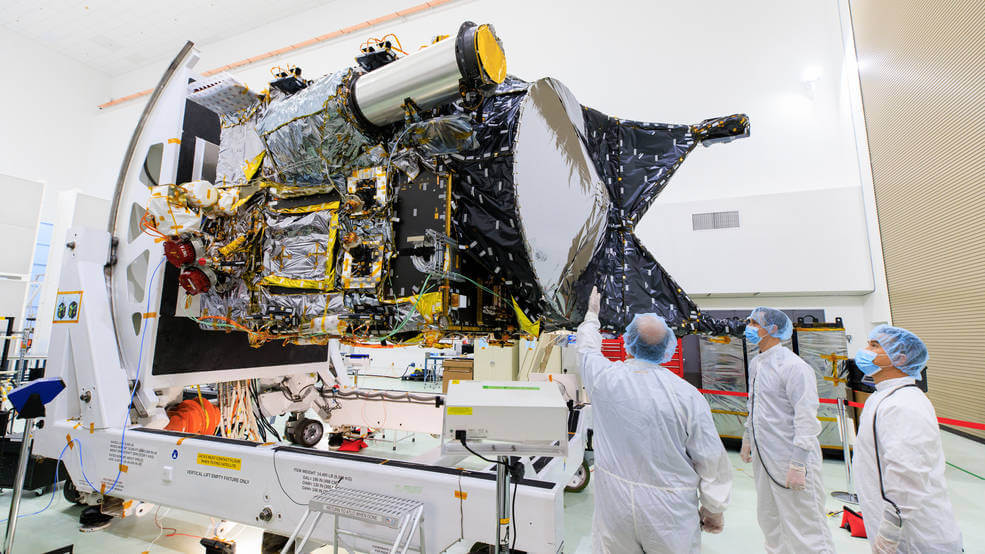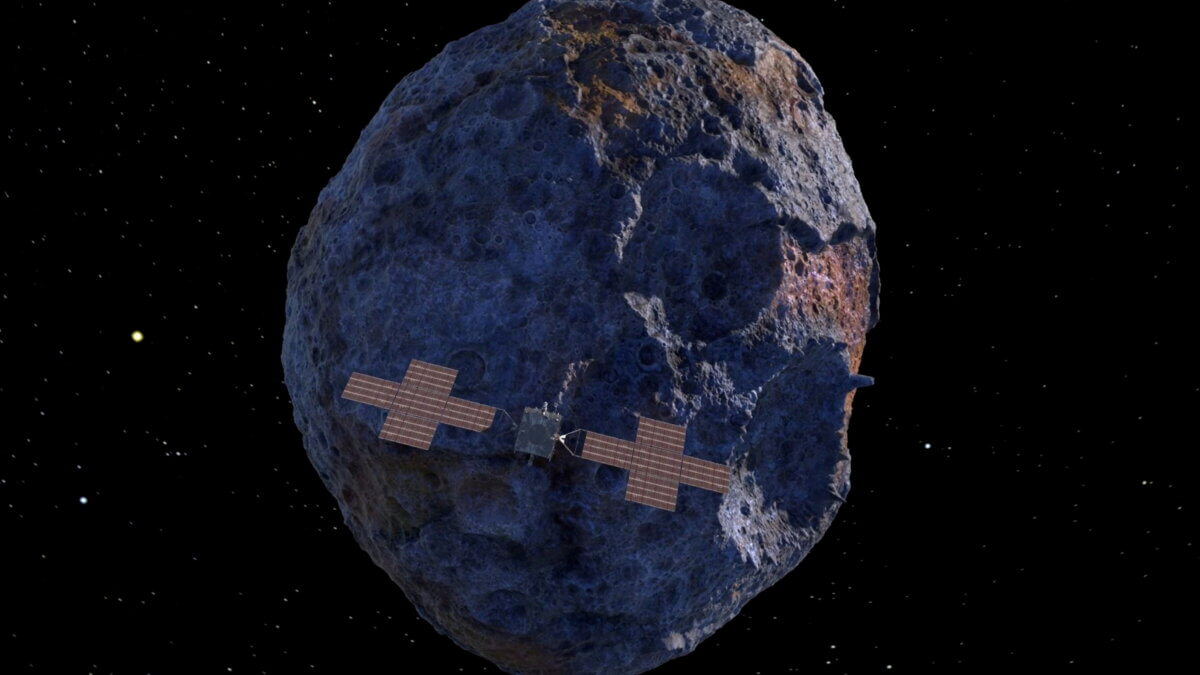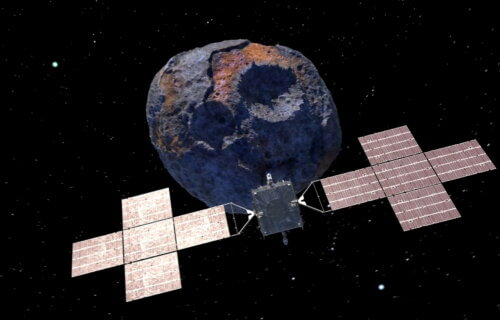PASADENA, Calif. — NASA scientists say they are in the “home stretch” of preparing to launch a mission to a $10,000 quadrillion asteroid this year. The preparation is taking place at Cape Canaveral, with the Psyche spacecraft’s liftoff scheduled for Oct. 5.
The mission’s goal is to study a space rock which, in terms of potential value, surpasses the entire global economy, currently estimated at approximately $110 trillion. The asteroid in question, named 16 Psyche, is a unique, metal-rich entity located some 499,555,545 kilometers away from Earth, orbiting the Sun between Mars and Jupiter. It is believed to have a core composed of iron, nickel, and gold, potentially valued at an astounding $10,000 quadrillion.
“With less than 100 days to go before its Oct. 5 launch, NASA’s Psyche spacecraft is undergoing final preparations at Cape Canaveral, Florida. Teams of engineers and technicians are working almost around the clock to ensure the orbiter is ready to journey 2.5 billion miles (4 billion kilometers) to a metal-rich asteroid that may tell us more about planetary cores and how planets form,” the space agency writes in a media release.
The mission team recently concluded a comprehensive test campaign of the flight software and installed it on the spacecraft, thereby overcoming a hurdle that had delayed the original 2022 launch date.

“The team and I are now counting down the days to launch,” says Henry Stone, Psyche’s project manager at NASA’s Jet Propulsion Laboratory in Southern California. “Our focus has shifted to safely completing the final mechanical closeout of the spacecraft and preparing the team for operations. The team is conducting numerous training activities to ensure that we are prepared and ready. It’s a very busy time, but everyone is very excited and looking forward to the launch.”
The launch will take place atop a SpaceX Falcon Heavy — the first interplanetary launch for that rocket — from Space Launch Complex 39A at Kennedy Space Center. Additional launch opportunities are scheduled through to Oct. 25. After leaving Earth’s gravity, the Psyche spacecraft will use solar electric propulsion to navigate its six-year journey to asteroid Psyche.
NASA considers the asteroid Psyche a unique opportunity to explore a metal-rich body that might be a remnant core of a planetesimal, the building block of an early planet. The asteroid, measuring about 173 miles (279 kilometers) at its widest point, will be observed by the spacecraft for at least 26 months, gathering images and other data to help scientists learn more about its composition and history.

The systems and electrical lead for assembly, test, and launch operations, Luis Dominguez, has been working full-time at the Cape since early June.
“We are moving forward,” Dominguez says, “and we’re confident that when we’re on the pad, we’ll be ready to hit the button. For all of us, we’ll be excited to launch this bird.”
The Psyche mission is led by Arizona State University, while the Jet Propulsion Laboratory, a division of Caltech in Pasadena, is responsible for the mission’s overall management, system engineering, integration, testing, and mission operations. Maxar Technologies in Palo Alto, California, supplied the high-power solar electric propulsion spacecraft chassis.
JPL is also providing a technology demonstration instrument, Deep Space Optical Communications, to fly on Psyche. This instrument is designed to test high-data-rate laser communications, which could be used in future NASA missions. Psyche is the 14th mission selected as part of NASA’s Discovery Program, managed by the agency’s Marshall Space Flight Center in Huntsville, Alabama.
South West News Service writer Dean Murray contributed to this report.
You might also be interested in:
- Historic asteroid mission by NASA space probe OSIRIS-REx may unlock clues to origins of life on Earth
- NASA warns of asteroid that could strike Earth — on Valentine’s Day 2046
- Specks of space dust may help save Earth from planet-killing asteroids


that’s not a legit sum bc if you really could bring it home the gold will be worth almost zero.
If even a hint of Gold is discovered, watch the explosion of greed from everybody clawing and scratching to get to that Asteroid, and claim it for them selves. Then again, it might be a huge deposit of Iron Pyrite.
If they could locate pure gold and bring a couple of shoeboxes-full home, it STILL wouldn’t cover the cost of the trip. Guess I won’t panic-sell my little horde.
I can save NASA a bundle of our tax-payer money and answer the question of origin: God!